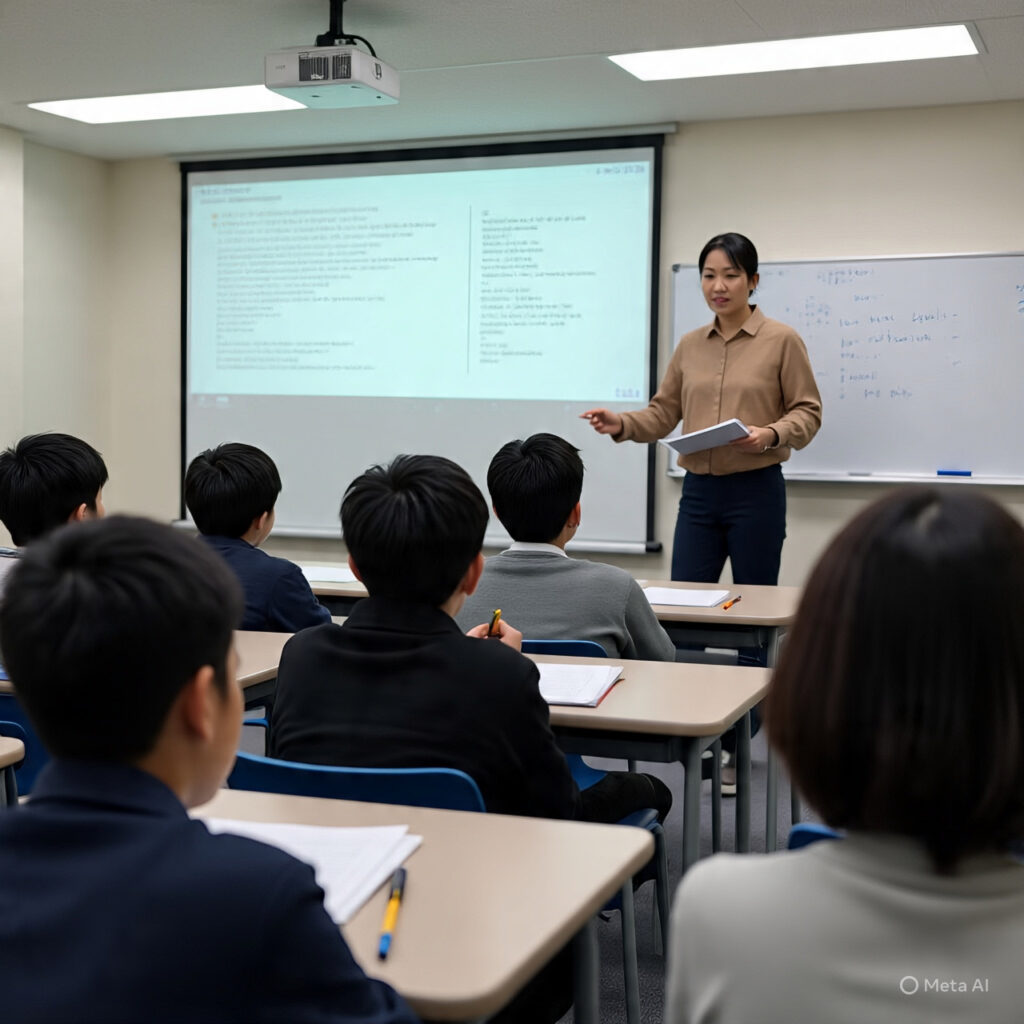Understanding Student Motivation in the Modern Classroom
Motivation is the most influential student force to achieve success in the classroom. Motivation sparks interest, constructs persistence, and grades enhance. For the contemporary classroom—multicultural students, new technologies, and non-traditional teaching styles—a portrait of what motivation more than ever needs is essential. Educators, parents, and education policymakers need to know what works for so many varieties of students if they are to experience successful and inclusive classrooms.
1. Learning Motivation
Motivation is the inner drive or urge that moves human beings to action. In learning, it is effort in learning procedures. The motivated students are cautious, curious, questioning, and even come up with findings and developments. The unmotivated students are easily distracted, respond slowly, and also fail since they attain surface knowledge.
Knowing the whys and hows of a learning student is what is called for in trying to make the students successful and develop habits that the students will keep with them for the remainder of their lives.
2. Intrinsic vs. Extrinsic Sources of Motivation
Student motivation would most likely be categorized into two types:
Intrinsic Motivation: It is constructed from the student himself. It would be learning of interest as one would learn willingly, as he would be interested, and curious or self-actualized. A student engaged in working on interest is intrinsically motivated.
Extrinsic Motivation: A motive external or reward, i.e., grades, praise, rivalry, or to administer punishment. Example: The student labored with difficulty just to receive a scholarship or to prevent punishment.
Both are acceptable, but learning and additional imagination would be obtained through intrinsic motivation. The teacher’s gimmick is the vehicle by which intrinsic motivation may be converted into extrinsic inducements.
3. Student Motivation in Modern Classrooms
Contemporary classrooms are shaped by multitudes of social, cultural, and technological influences. They facilitate productive classrooms.
a. Student-Centered Learning
If the students are encouraged and they believe that they are loved and being held accountable for everything that they do, then the students achieve. Other models of learning like project-based learning, flipped classroom, and inquiry-based learning maintain autonomy of choice in the hands of the students, facilitate them to learn on their own, and learn what they want to learn.
b. Technology Integration
Web sources also induce because they engage students to study actively and participatorily. Computer simulation, multimedia presentation, and game sources can satisfy students’ web sources requirement and concrete abstractions. Technology must be controlled appropriately, though; too much and too much will go to distract rather than induce.
c. Teacher-Student Relationships
It is respectful and assertive communication with teachers that provides safety to the students. It encourages them. The students will do the same if they can make the teachers highly committed to making them successful. They will study hard seriously in school. Emotional safety in class promotes risk-taking and resilience.
d. Relevance and Real-World Connections
It is more effective as learning when students know that they can locate the usefulness of what they are learning. It makes the classes relate to applications, career, or real problems and it reminds the students that knowledge matters when testifying and graded.
e. Classroom Setting
A challenging, supportive, and motivating environment boosts motivation. Bright classrooms and computer lab, and a developmental and moral climate, motivate students to adopt the learning process.
4. Developing Student Motivation

There are a large number of ways classroom motivation construct teachers’ needs:
Set Clear Goals: Students get motivated and involved if only they have a “why” and a “what.”
Provide Early: Early observation of student effort is a great lead-in to forward planning and thinking for change.
Use Multiple Instruction Strategies: Students vary when it comes to instruction needs. Utilize lectures, small groups, hands-on instruction, and technology in a manner to teach more students.
Offer Small Successes: Every success no matter how small is motivating and morale-generating. Critic or commendation shows the best effort and work of a student.
Help Reflection: Autonomy to enable students to set their own goals and create their own study plan generates intrinsic motivation and self-regulation.
5. Hard to Stay Motivated
You do your best, but the students cannot be enthusiastic. Socio-economical status, learning disability, home life, and mental illness are some of the obstacles that come in the way of those willing students. Moreover, testing overload and required curriculum make learning interesting and boring.
The instructors should be patient and tolerant in the sense that sometimes the reinforcement may not be the same every single day or even every single lesson.
Conclusion
Incentivizing students in today’s classroom can no longer be measured into a unit. It must be extremely well grasped at psychological, emotional, and situational levels. Instructors must cultivate the intrinsic motivation of students through creating various authentic, facilitative, and respectful learning environments.
And so is education. In ushering in well-educated inquiry and courageous students, one can only prepare the next generation for tomorrow’s shortage and adversity.
